Persian Rug Pattern Beauty Behind the Motifs

- Negin Masihi
- 2 July 2025
- Blog
- 3 minutes
Persian rugs are more than just coverings; they’re timeless pieces of artwork, storytelling treasures, and cultural legacies passed down through centuries. Each pattern, each knot, and each color combination represent the place it originated from, the craft of the weaver, and generations of heritage. If you’re a rug enthusiast, interior design professional, or simply interested in ancient craft, studying Persian rug patterns adds a whole new level of appreciation to these pieces of art.
Let’s take a journey into the wonderful world of wool Persian rugs, Heriz patterns, and the legendary status of handmade Persian rugs.
Check out related articles: How to Clean a Persian Carpet
Traditional Persian Rug Pattern – The Essence of Eternal Beauty
Medallion Pattern: An Emblem of Unification and Focus
The medallion design is probably the most traditional pattern found in antique Persian rug. Usually placed in the center of the rug, it draws the eye inward with its symmetrical, often floral design. The medallions may symbolize spiritual harmony or the cosmos. This style is particularly common in carpet designs originating from cities such as Isfahan and Tabriz.
All-Over Pattern (Afshan) – Regulated Motion of Nature
The all-over design—also known as “Afshan” in Farsi—spreads flower motifs, vines, or geometric shapes throughout the rug without a dominant center. This design expresses nature’s freedom and is widely seen in tribal and nomadic rugs, where dynamic motion and informal beauty play a vital role.
Regional Specialty Styles of Persian Rugs
Persian Heriz Rugs: The Geometric Power of Northwest Iran
Heriz rugs are one of the most iconic Persian rug patterns. Produced in the city of Heriz in northwestern Iran, they are recognized for their bold, angular designs and robust construction. Unlike the complex floral motifs used in other cities, Heriz rugs feature large medallions, sharp lines, and geometric elements that work well in both modern and traditional interiors. These rugs are made to last, thanks to high-quality wool obtained from mountain sheep and a weaving style that creates a firm and long-lasting foundation.
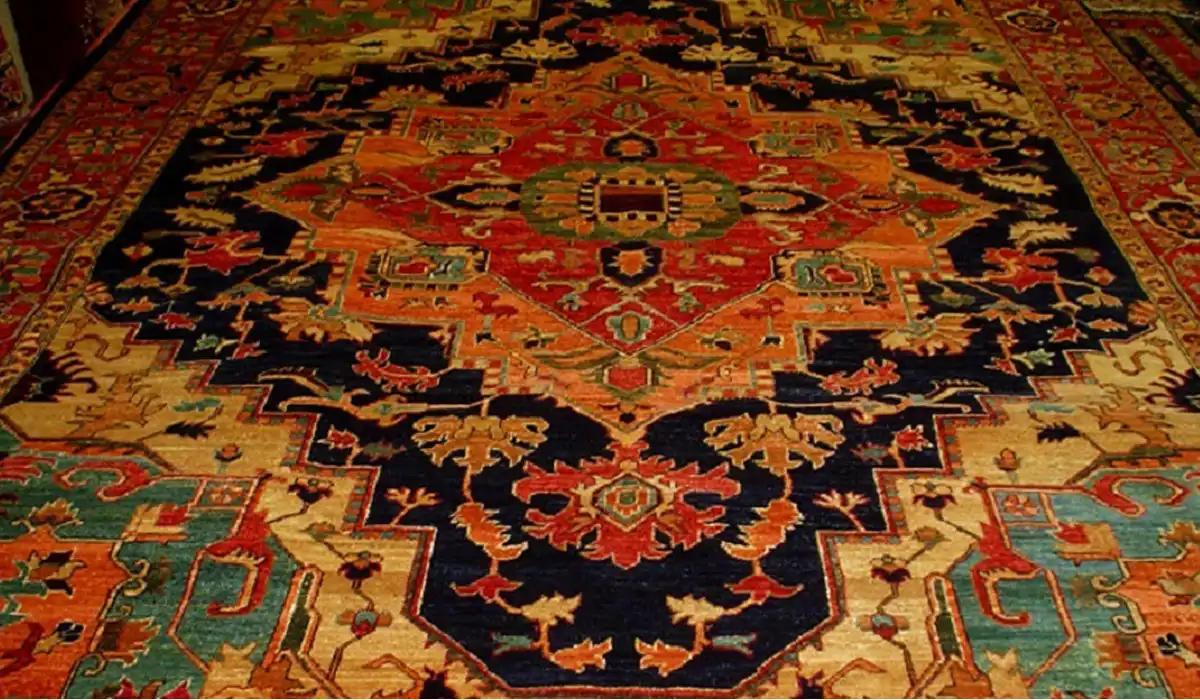
Heriz Persian rug
Kashan Rugs – Fine Detail and Subtle Elegance
Another attractive Persian rug pattern is Kashan. This central Iranian city is known for producing some of the finest handmade Persian rugs. Floral medallions, vines, and arabesques are typical of Kashan designs. These patterns are highly detailed and use rich tones of deep red, ivory, and navy, often placed in luxurious and elegant interiors.
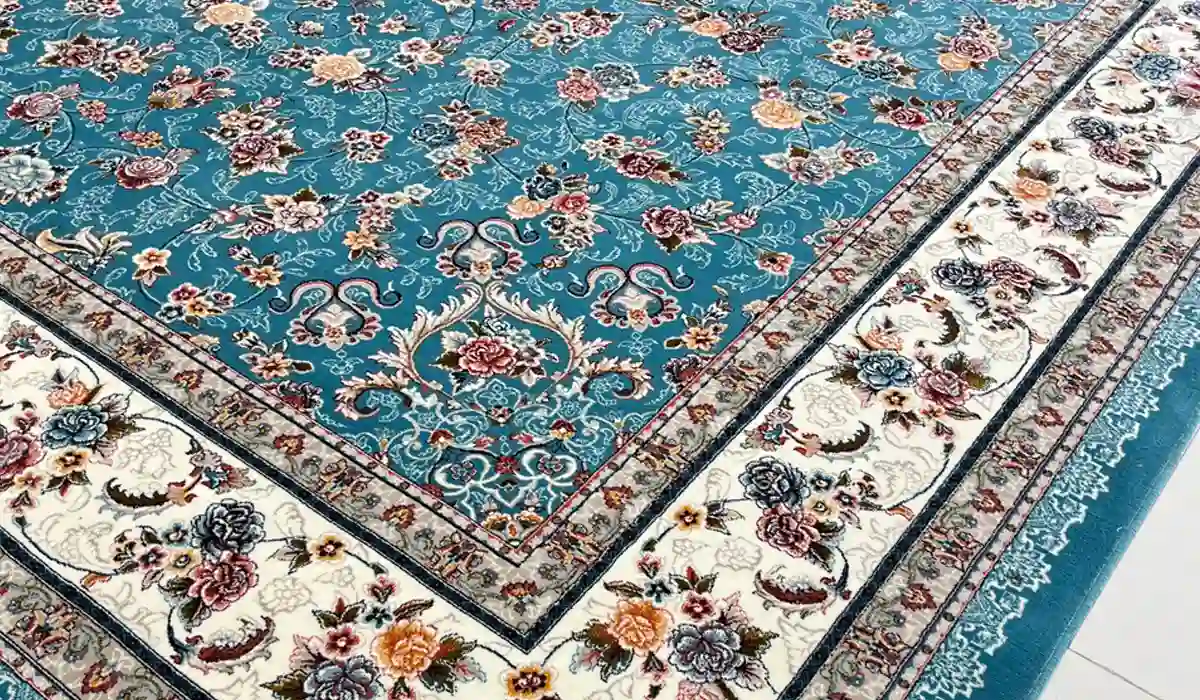
Kashan Handmade Persian blue rug
Shop our Persian rug collection here
Soft and Strong – Wool Persian Rugs
Pros of Wool in Iranian Rugs
Wool is used more extensively than any other material in Persian rugs—and that’s a good thing. It’s naturally stain-resistant, long-wearing, and flame-retardant. Persian weavers often use wool from highland sheep, which is glossier and oilier, adding softness and a subtle shine to the rug. This natural fiber not only makes a wool Persian rug last for decades but also helps it become softer and more elegant with age.
Good-Quality Wool vs. Regular Wool
The quality of wool depends on the environment and treatment of the sheep. In mountainous regions like Kurdistan and Kerman, sheep graze on mineral-rich pastures, producing stronger fleece. Rugs made from such wool are more durable, and the colors remain vibrant for a long time. That’s why antique Persian rug crafted from quality wool stand out in both appearance and longevity.
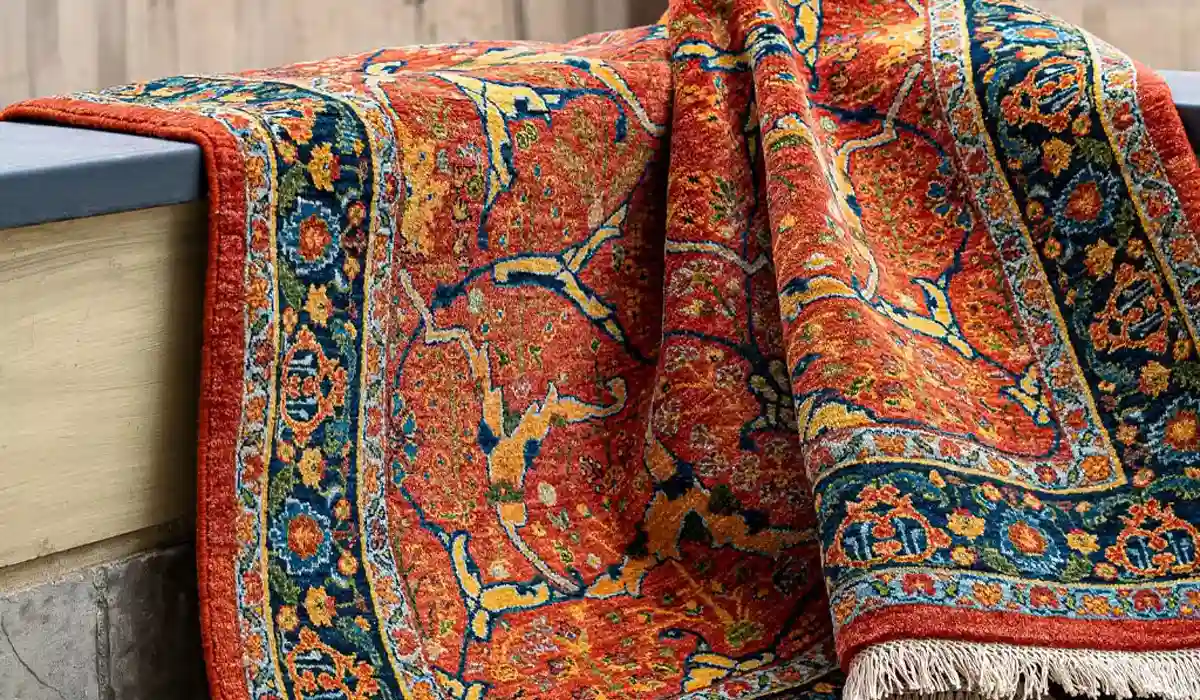
Handmade Persian red rug
Handmade Persian Rugs – The Artistry in Every Knot
Why Are Handmade Rugs Still Relevant Today?
In a world of mass production, handmade Persian rugs stand apart. They are like poetry in motion. Each rug can take months or even years to complete, depending on its size and intricacy. The artisan’s touch adds personality, warmth, and uniqueness. Machine-made rugs cannot replicate the soul that goes into every handcrafted carpet.
How to Spot a Genuine Handmade Persian Rug
To identify a genuine handmade rug, flip it over and examine the back. You’ll notice irregular, uneven knots—proof of hand-knotting. Machine-made rugs have uniform knots. Also, look for natural inconsistencies in color and design. These small imperfections are signs of authenticity and craftsmanship.
Conclusion – Persian Rugs as Cultural Masterpieces
These are not just decorative pieces—they’re centuries of culture woven into threads. From the rhythmic sound of the loom to the final petal in a pattern, every antique Persian rug represents feeling, tradition, and dedication. Whether you’re drawn to the earthy charm of a wool Persian rug, the geometric strength of a Heriz design, or the floral finesse of a Kashan piece, you’re owning a piece of heritage.
The next time you step onto a Persian rug, pause for a moment. You’re not just walking over wool—you’re walking on a story.






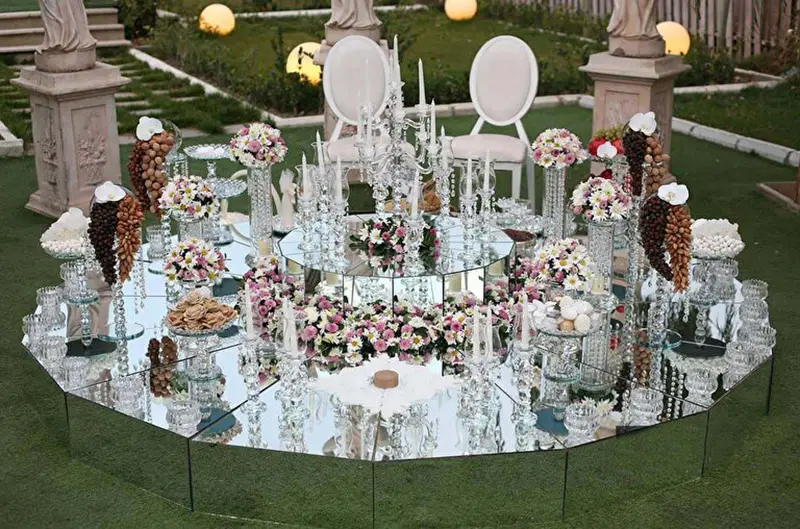
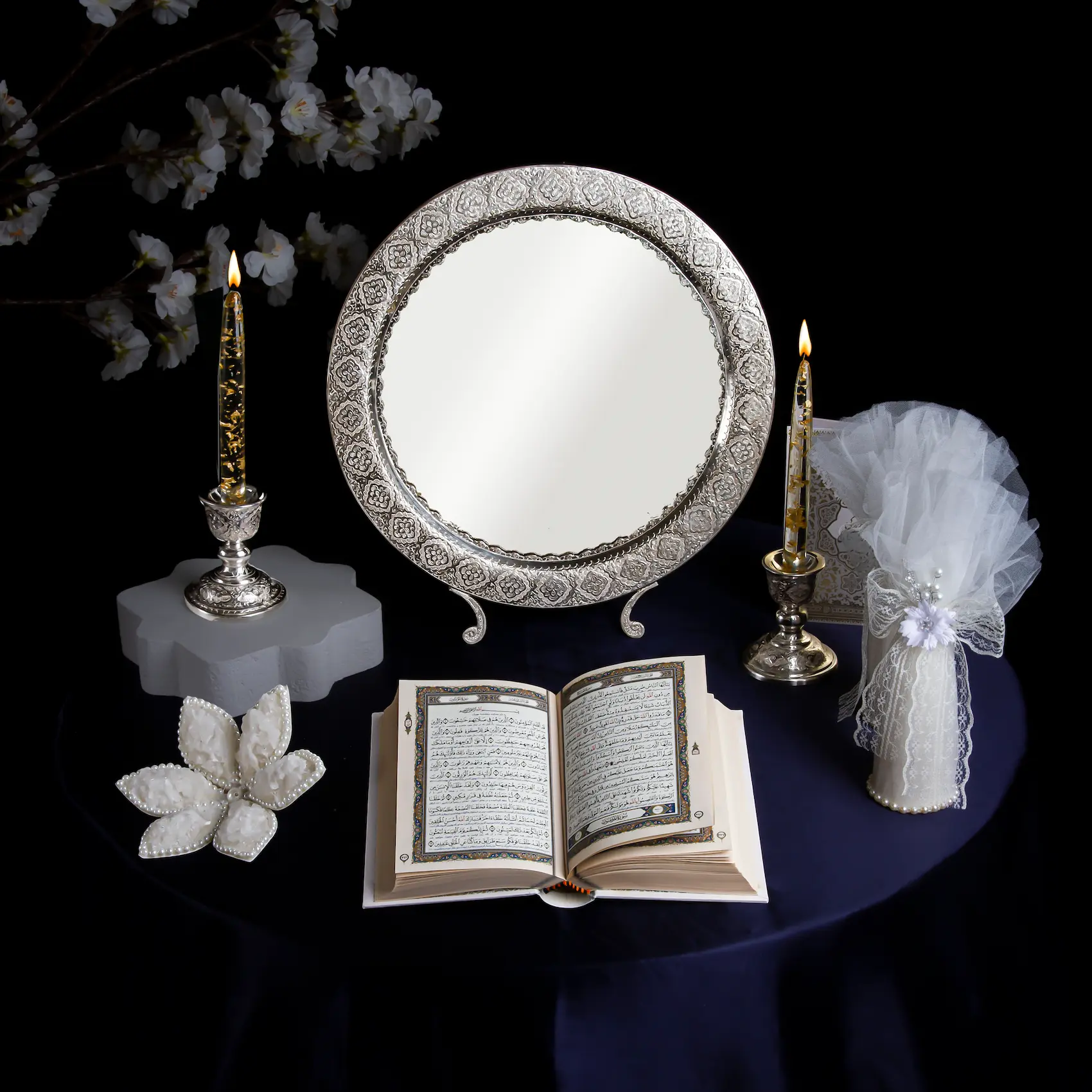
Comments